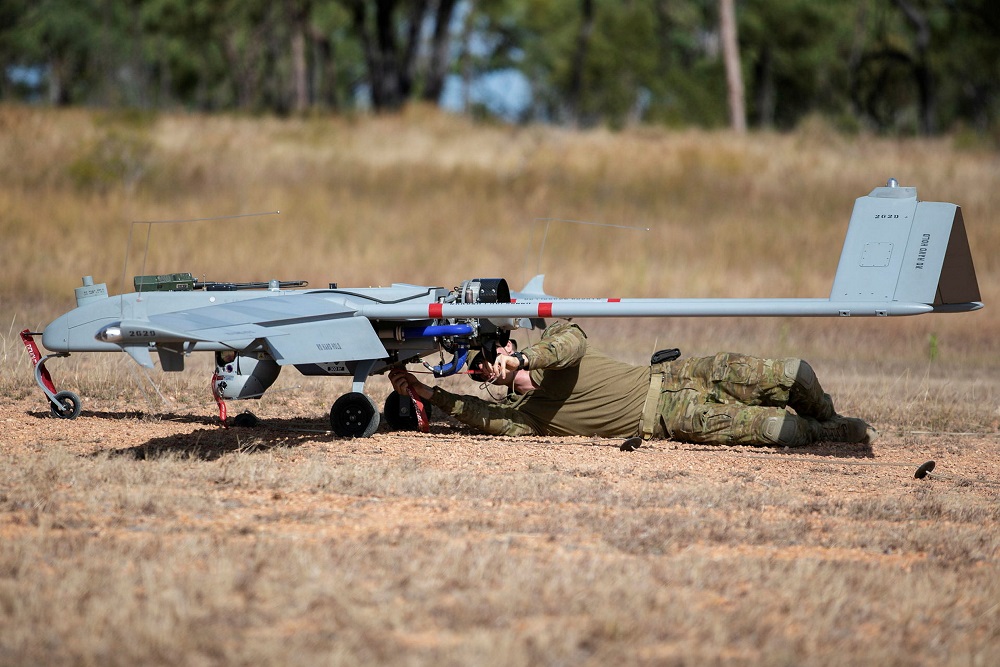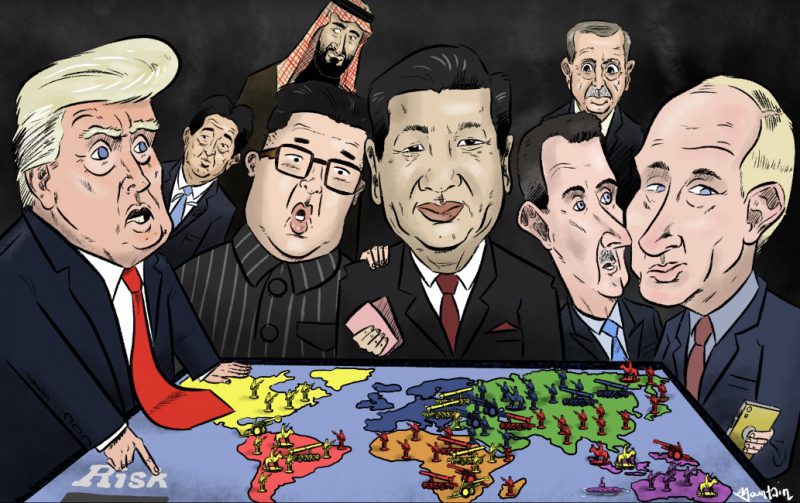Small, agile, deadly: the US Marine Corps and future war

The US Marine Corps is dramatically increasing its relevance to the war fighting capability of the United States. As the world lurches into an age of renewed strategic competition, the Marine Corps understands that it must be at the forefront of innovation in high-intensity warfare.
In 2020, it announced Force Design 2030, a major initiative for this decade. The initiative anticipates future war and forces the Marine Corps to restructure itself, placing a deliberate emphasis on expeditionary warfare.
A central concept in the reorganisation is moving small, hard-to-detect units rapidly by sea to islands—or small parts of islands—that are close to the enemy. Those highly mobile units, requiring little support, would use advanced weapons to challenge the enemy’s use of nearby sea and air space.
Beyond becoming a more capable and lethal fighting force, the Marines get a new sense of strategic relevance from the new ideas. As the US shifts to confront newly emergent peer threats, such as China, the need for a rapid-reaction aggressive Marine Corps will only grow, especially when one considers how quickly adversaries can aggregate force and execute operations. The Marine Corps must be agile and deadly.
New ideas about the structure of the force and force employment point to a healthy evolution of Marine Corps thinking around future wars and what will be essential to fight them. These innovations are aimed at enhancing operational agility and multi-domain capabilities to bolster the Marine Corps’ lethality and provide the US with a menu of combat options in an unpredictable threat ecosystem.
The Marine Corps is responding to shifting US strategic priorities in four main ways. First, it is working towards returning to its traditional mission set and enhancing its ability to execute naval expeditionary missions. For the past three decades, Fleet Marine Forces have acted as a second army and moved away from their traditional amphibious missions.
Second, competition is driving the Marine Corps to innovate and adapt its operational concepts, as shown by the emergence of expeditionary advanced base operations—sending forces to temporary locations close to the enemy.
Third, strategic competition necessitates rapid global engagement and presence. The Marine Corps plays an important role in establishing forward bases and conducting joint exercises with allies and partners to deter aggression and reassure friendly nations.
Fourth, realignment prioritises capabilities that are essential for success in high intensity engagements, such as anti-ship operations and expeditionary advanced base operations. Because it understands these dynamics, the Marine Corps can effectively prepare for the challenges posed by great-power rivals.
Transforming the Marine Corps is making it much more technologically capable and lethal while divesting it of old categories of equipment. Planning guidance emphasises capability development and pushes the service to invest in unmanned systems, advanced air defence and long-range precision strike.
These capabilities are intended to increase the range and lethality of deployed Marine combat units while enabling dispersal and distributed operations. The enemy isn’t presented with a large formation as a target.
Advanced technologies will enhance the capability of the units, and the overall concept reflects the need for constant adaptability in future war. This is a challenge that an already innovative force is well placed to meet.
A principal element of this evolution is the development of Marine Littoral Combat Regiments (MLR). MLRs are designed to fight and win against a major enemy in a littoral environment. Unlike a traditional rifle regiment, an MLR incorporates an anti-air battalion, a combat logistics battalion and a marine rifle battalion; it’s also reinforced with an anti-ship missile battery.
The transformation of the Marine Corps underscores its role as the US’s premier rapid-reaction force and enhances its ability to cope with and defeat unpredictable modern threats, military or otherwise.
In addition, new MLRs help the Marine Corps to execute operations in a more agile and modular way. They are designed so constituent units as small as platoons—hard to detect and requiring modest supply volumes—can be deployed separately. Commanders can use units with such small footprints more flexibly. This optimises the strengths of the Marine Corps and its new weapons systems while mitigating the potential weaknesses of larger formations.
The Marine Corps is breathing new life into its operational concepts and technologies. The force design initiative emphasises operational agility and multi-domain capabilities, ensuring that the Marine Corps can contribute strongly to defeating a major adversary.









